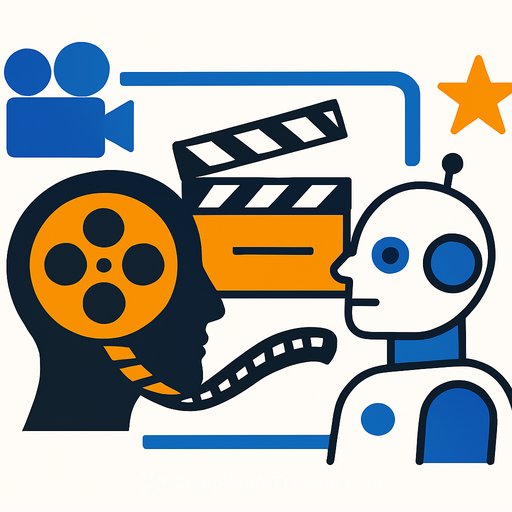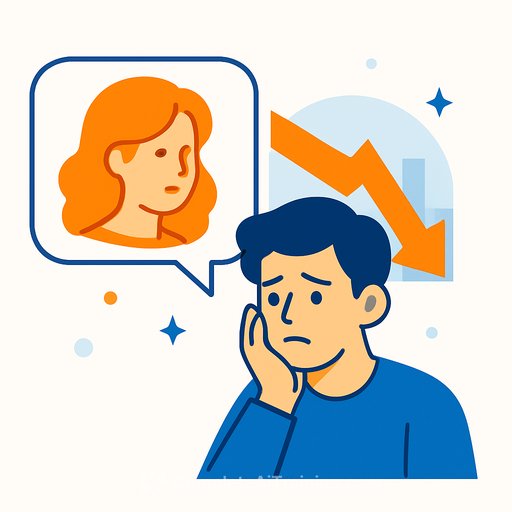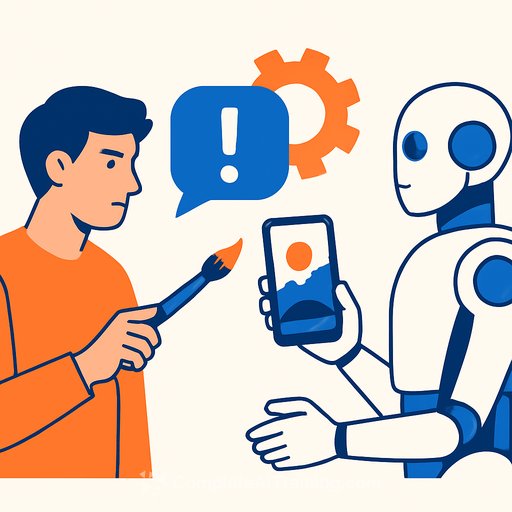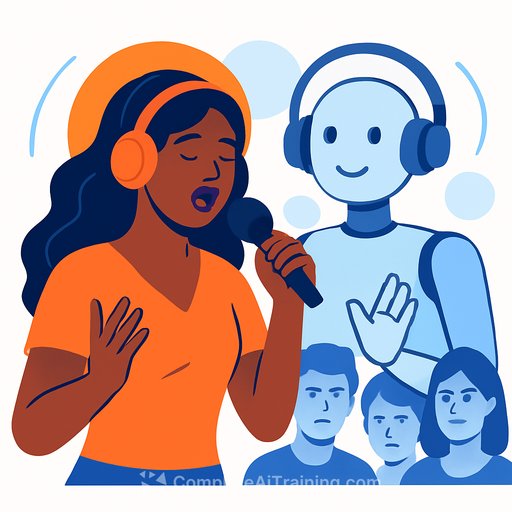AI Is Hollywood's Dirty Little Secret
AI isn't on the horizon. It's already in the building, sitting in edit bays, inside previz, and in pitch decks. Publicly, studios dance around it. Privately, it's threaded through workflows under NDAs.
Why the hush? Backlash. No one wants to get roasted for testing tools that save time or budget. But history repeats. Sound, color, CGI-every tool hit resistance before it became normal.
Why the silence
- Brand risk: Admitting AI use invites outrage, even if it's for admin tasks.
- Contracts and NDAs: Vendors and studios lock down details to protect IP and process.
- Optics: "We used AI" reads poorly in headlines, even when the use is basic or boring.
Where AI is already used (quietly)
- Development: Idea generation, beat sheets, coverage summaries, comps for moodboards.
- Previs and boards: Layouts, camera moves, animatics, quick set/prop iterations.
- Casting and performance: Digital doubles, de-aging, crowd fills, synthetic extras-and yes, AI performers like the much-debated Tilly Norwood.
- Editorial: Transcripts, selects, rough stringouts, continuity checks, cleanup passes.
- Sound: Temp scores, sound matching, ADR guides, accent tweaks, localization.
- VFX: Rotoscoping, matte generation, clean plates, upscaling, face cleanup.
- Marketing: Trailer cuts, thumbnail and poster variants, copy tests, audience modeling.
- Ops: Scheduling, script breakdowns, asset tagging, contract review assistance.
This is a pattern, not a glitch
Every tech shift looks like a threat until the craft re-centers. Then it becomes a tool. The same cycle is playing out now with AI. The pace is fast, and adoption will keep spreading across departments.
What creatives can do now
- Set your line: Decide where you'll use AI (and where you won't). Put it in writing for clients, collaborators, and credits.
- Pick two use cases: One for speed, one for quality. Example-writers: beat-sheet drafts and dialogue passes. Directors: previz and lookbooks. Editors: transcripts and cleanup. VFX: mattes and upscales.
- Protect your rights: Label datasets, track inputs, store consent forms, and clarify model usage in agreements. Unions are publishing guidance; review it and update your contracts.
- Credit and consent: If you use someone's likeness, voice, or style, get clear permission. Credit people and tools used. Set a fair pay structure for synthetic work built on human inputs.
- Build a sandbox: Reserve one hour a week to test workflows on non-client material. Keep a changelog of what saves time, what hurts quality, and what's client-safe.
Guardrails worth reading
Union positions are evolving. Track updates and keep your paperwork tight.
Skill up without the noise
If you want a clean way to explore practical tools by role, start here:
The bottom line
AI isn't a replacement for taste, judgment, or voice. It's a lever. The creatives who win will use it where it helps, reject it where it hurts, and stay loud about ethics. Today it's a "dirty little secret." Soon, it will just be part of the process.
Your membership also unlocks:






